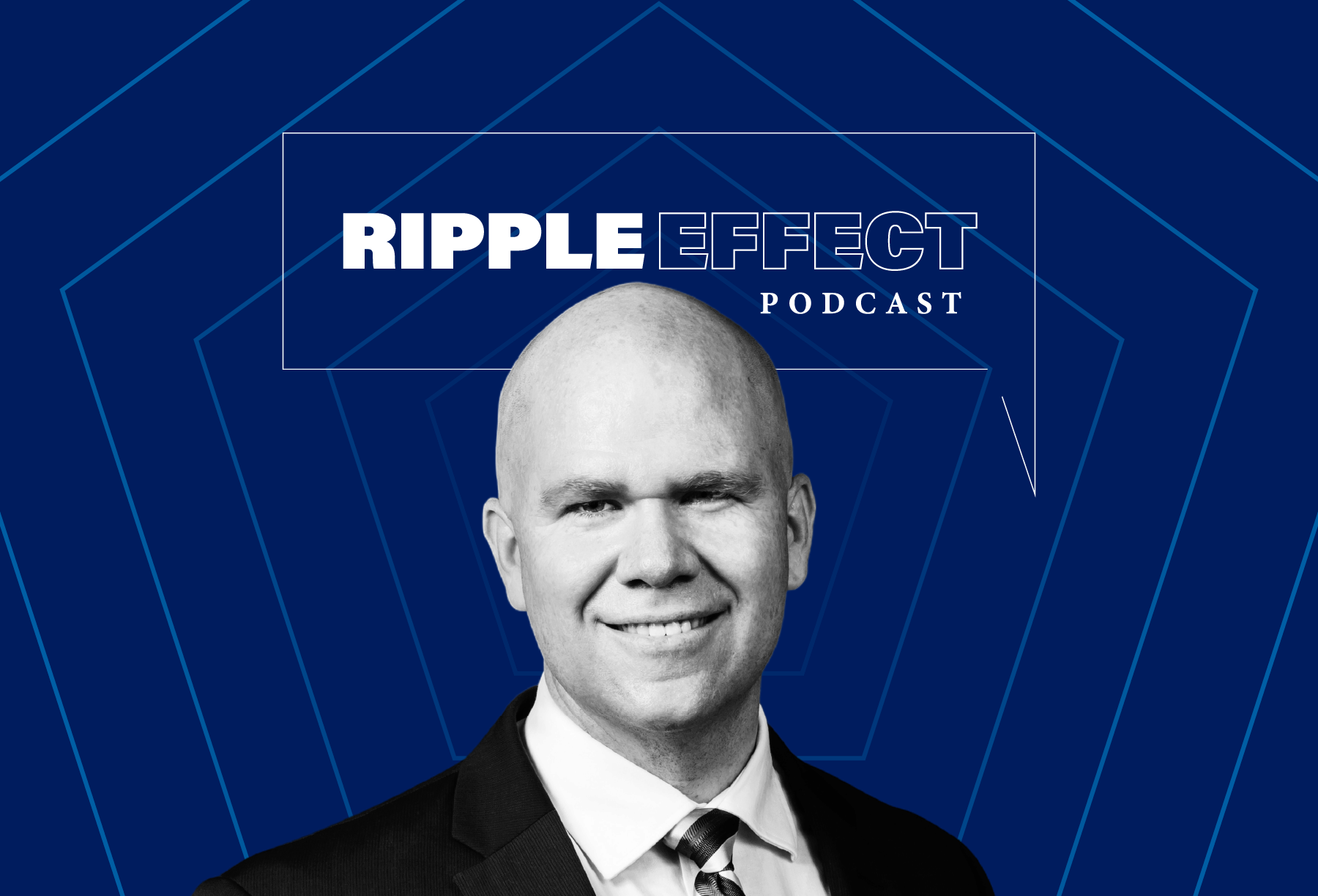Retirement in the United States increasingly involves working into advanced age, as many seniors find themselves unable to sustain their lifestyles solely on Social Security and savings, as noted by retirement expert Teresa Ghilarducci.
Ghilarducci, a labor economist and professor at The New School for Social Research in New York, highlights the inadequacy of the nation’s retirement system for the bottom 90% of workers in her new book, “Work, Retire, Repeat: The Uncertainty of Retirement in the New Economy.” She advocates for a comprehensive solution akin to a “Gray New Deal,” drawing parallels to the Depression-era New Deal, to address the retirement challenges faced by millions of Americans.
Ghilarducci’s research reveals that merely 10% of Americans aged 62 to 70 are both retired and financially secure. The majority either find themselves retired but experiencing a lower standard of living compared to their working years or are still employed due to financial necessity, as evidenced by her analysis of data from the University of Michigan’s Health and Retirement Survey.
Thirty percent of Americans have no retirement funds.
The stark reality of retirement savings in the United States is evident: approximately three out of ten Americans aged 59 or older have not saved any money for retirement. Amidst this, some policymakers and experts suggest that increasing life expectancy could mitigate the retirement readiness crisis. They argue that since people are living longer, they should extend their working lives into older age.
Republican lawmakers have proposed raising the retirement age for claiming Social Security to 70, citing longer lifespans. Additionally, there’s a growing belief among younger workers that they will continue working into their late 60s or beyond, despite the average retirement age being 62. However, many older individuals exit the workforce involuntarily, often due to termination or health issues.
Teresa Ghilarducci noted, “We found that most people who are retired didn’t retire when they wanted to, but because they were forced out.” She emphasized that although the idea of working longer may seem feasible, it may not always be a choice individuals can make.
In essence, while one may plan to work longer, unforeseen circumstances may dictate otherwise. CBS MoneyWatch discussed these insights with Ghilarducci in relation to her new book, which has been edited for brevity and clarity.
Why is this book necessary right now?
Teresa Ghilarducci highlights that the issue of American workers lacking adequate retirement savings persists, exacerbated by the growing wealth inequality in the United States. She identifies a misleading solution gaining traction, particularly in social circles, academia, and Congress: the notion that extending working years can address the retirement crisis.
This solution appears appealing because it’s cost-effective—employers benefit from a larger labor pool, weakening the bargaining power of workers. Additionally, individuals may like the idea of being able to retire at their discretion. However, Ghilarducci’s research reveals a stark reality: when people reach retirement age without sufficient savings, they often remain in the workforce but in lower-paying jobs.
These jobs can contribute to deteriorating health, hastening death, disability, and increased pain. Essentially, the strategy of extending working years can result in forcing individuals to endure the end of their lives with heightened suffering and physical strain compared to those who are financially prepared for retirement.
Does this imply that Americans with lower incomes are not retiring earlier if they are not living longer but are working longer in old age?
Disparities between the rich and the poor are evident in retirement outcomes. While wealthy individuals typically enjoy longer retirement periods of around 20 years, those at the lower end of the socioeconomic spectrum often retire for a shorter duration, averaging about 12 years.
Moreover, the quality of retirement differs significantly between these groups. Individuals with lower income levels often face challenges during retirement, requiring assistance with daily living and experiencing higher levels of morbidity. In contrast, affluent retirees not only have a longer retirement period but also tend to enjoy better health for a larger portion of that time. This inequality highlights the significant impact of socioeconomic status on retirement experiences and underscores the need for addressing disparities in retirement planning and access to resources.
The United States switched from traditional pensions to 401(k) plans over 40 years ago in order to finance retirement. How did that turn out?
Experts from 40 years ago envisioned a scenario where diligent saving, starting in one’s mid-20s or early 30s and keeping investments in the market throughout one’s working years, would suffice to supplement Social Security and maintain pre-retirement living standards.
However, real-life experiences often diverge from the tidy projections of Excel spreadsheets. Many individuals encounter multiple recessions throughout their careers, with at least one significantly impacting their financial stability. Life events such as relocations, divorces, or unexpected expenses can further disrupt savings plans, rendering initial projections obsolete.
The 401(k) system, intended to provide a retirement savings solution, has proven inadequate. It operates on a do-it-yourself basis, leaving many individuals ill-equipped to navigate the complexities of financial planning. This setup is akin to attempting plumbing repairs with inadequate tools sourced from a grocery store.
As a result, a substantial portion of the population approaches retirement without sufficient savings, lacking the means to sustain their financial needs over a lifetime. This reality underscores the urgent need for comprehensive solutions to address the shortcomings of retirement planning and ensure financial security for aging populations.
You point out that there’s a misconception that people claim Social Security after retiring, but you discovered that’s untrue. What’s taking place?
The working-longer hypothesis often assumes that individuals will delay claiming their Social Security benefits, which offers significant advantages for those who postpone claiming.
However, upon examining the data, I was surprised to find that a majority of low-income workers opt to claim their Social Security benefits as soon as they become eligible. They do so to augment their monthly income from work, ensuring that they stay above the poverty line. Paradoxically, this practice also benefits their employers, as companies employing low-wage older workers rely on the Social Security system to supplement wages.
This dynamic reveals a perverse outcome: the ability to delay claiming Social Security primarily benefits the wealthy, who can afford to postpone claiming. For low-income individuals, claiming benefits early becomes a necessity rather than a strategic choice, highlighting the inequities within the Social Security system and the challenges faced by vulnerable populations in securing a stable retirement.
What do you mean when you refer to the Grey New Deal?
The concept of the Gray New Deal underscores the need for bold, comprehensive solutions akin to the ambitious reforms of the original New Deal era. Its primary focus is on supporting older workers who wish to continue working, preventing poverty in old age, and ensuring the maintenance of living standards post-retirement.
A central aim of the Gray New Deal is to facilitate the transition of middle-class workers into middle-class retirees. This entails implementing a universal pension system that encourages individuals to begin saving for retirement early in their careers. This principle aligns with existing legislative efforts, such as the Retirement Security Act for all Americans, which aims to bolster individual savings for retirement and strengthen the Social Security system.
Key components of the Gray New Deal include increased investment in individual retirement accounts, bolstering the Social Security program, and providing support for older workers who wish to remain in the workforce. This support includes enforcing laws against age discrimination in employment and offering additional training opportunities for older workers, ensuring that they can continue contributing to the economy and maintaining their financial stability in later years.








Leave a Reply